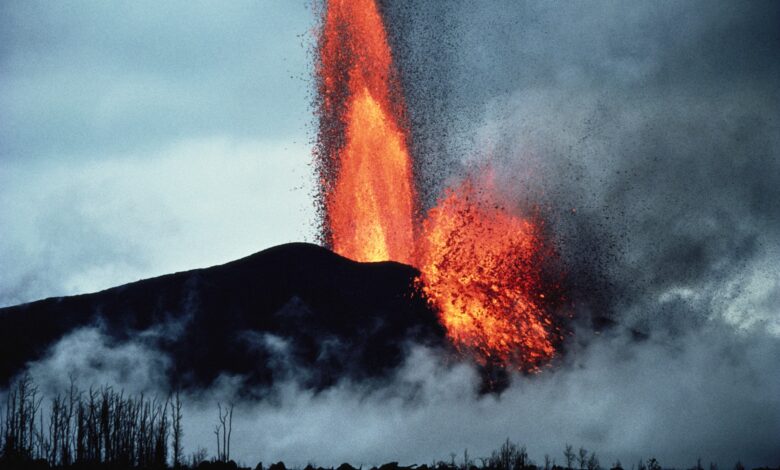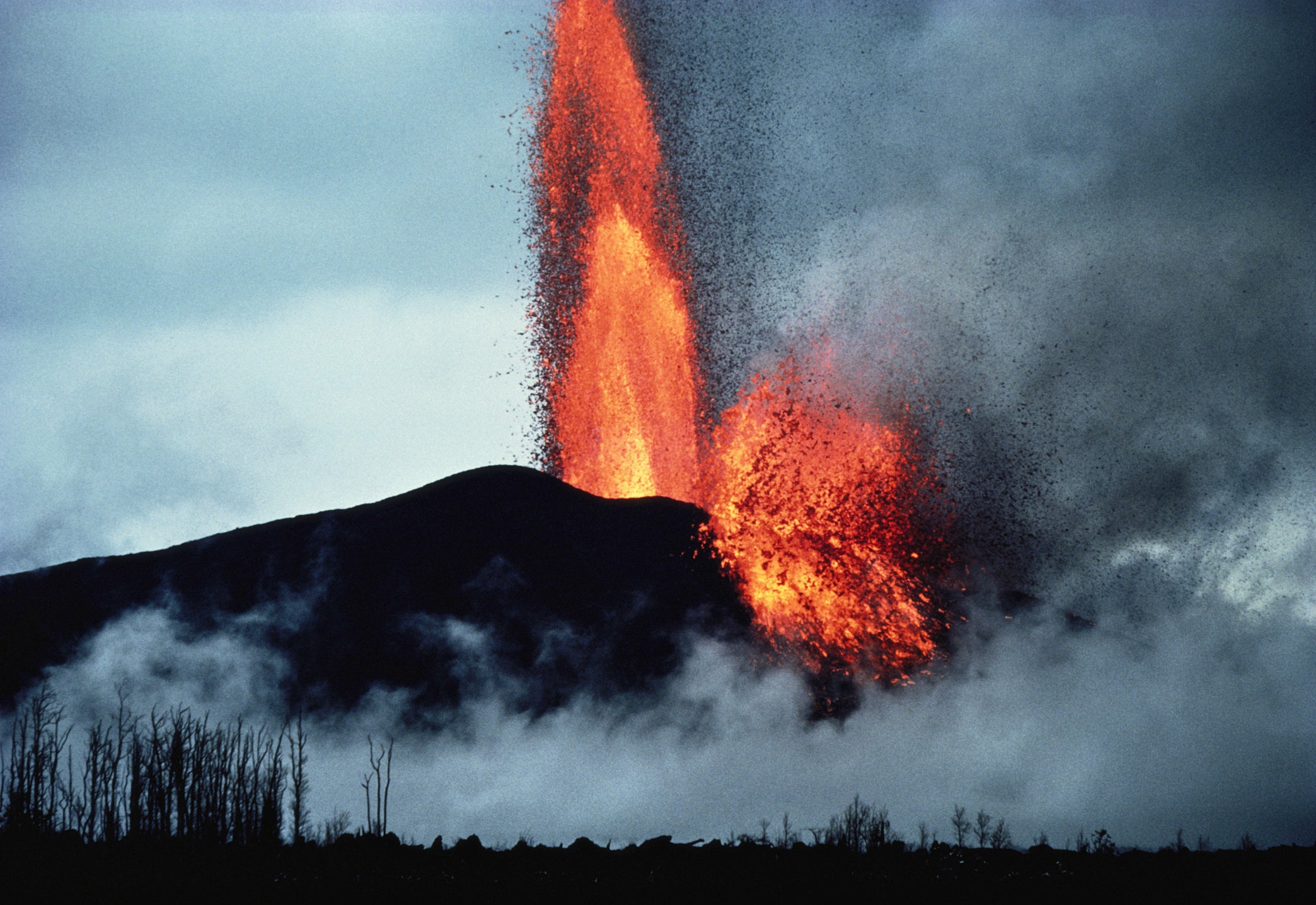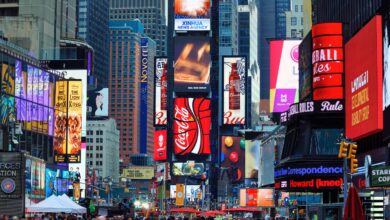Hawaii put on red volcano alert as tourists flock to see spectacular Mount Kilauea eruption


HawaiiThe Kilauea volcano began erupting around 4:45 a.m. local time on Wednesday morning. The US Geological Survey recorded increased seismic activity on Tuesday, suggesting a full-blown eruption is imminent.
Kilauea is located in Hawaii Volcanoes National Park on the Big Island of Hawaii. At 4,091 feet, it is the state’s second largest volcano and one of the The world’s most active. Currently, the volcano’s molten red lava lake is about 4,300 feet wide and can be seen from several miles in the park, according to the report.
The national park is also home to Mauna Loa, the largest volcano in the world, 13,677 feet tall.
“The opening stages of eruptions are very dynamic. Webcam images show cracks in the bottom of Halemaʻumaʻu crater creating lava flows on the surface of the crater’s bottom,” said a spokesperson for the Hawaii Volcano Observatory.
Following the eruption, the USGS issued a red aviation warning due to the potential impact of volcanic ash in the atmosphere on flights. Although precautions were taken, the eruption is not expected to pose a risk to the public.
According to the USGS, “there is no indication of activity moving out of the summit area”. However, the red aviation alert will remain pending a full analysis of the operation.
Sign up for our daily newsletter
Large numbers of tourists are expected to flock to the park to witness this outstanding natural event. The park advises visitors to follow marked trails and stay away from closed areas to avoid toxic volcanic gases from the eruption. The National Park Service Website offers advice on safely observing the eruption.
If you’re planning to visit the park to witness the eruption, it’s a good idea to go from 9 p.m. until sunrise to avoid the expected crowds. The park is open 24 hours a day, every day of the year.
Kilauea’s last eruption was in January, with 61 days of volcanic activity. Previously, eruptions occurred from December 2020 to May 2021 and again from September 2021 to December 2022.
Lava flows slowly moving from the crater eruption 2018 devastated hundreds of homes on the southeast side of the Big Island.




